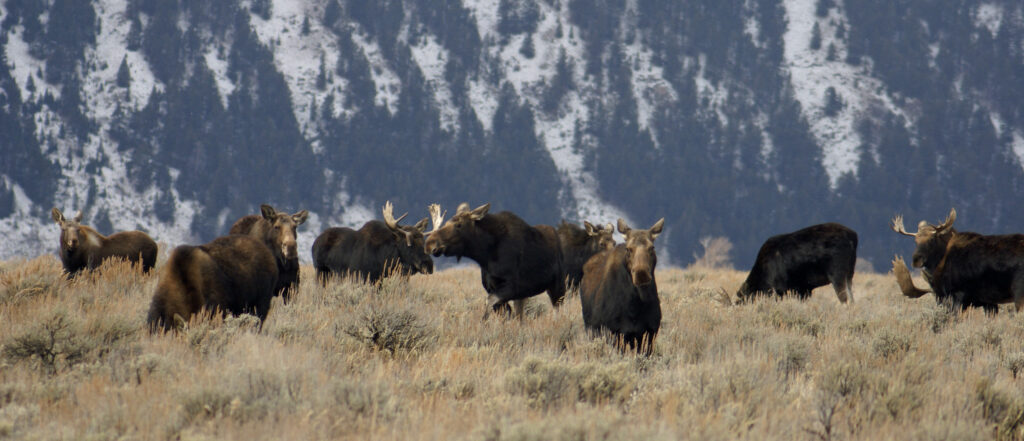From CO2Science: In an interesting forestry-related paper Pretzsch et al. (2020) examined growth trends of Norway spruce (Picea abies), silver fir (Abies alba) and European beech (Fagus sylvatica) trees in moist mixed mountain European forests over the past three centuries. The work was accomplished by studying tree cores taken from 28 fully stocked, unmanaged long-term research plots distributed across Europe “where growth was scarcely affected by human activities and that reflected natural dynamics and climate variations.” So what did the data collected from these long-term research plots reveal? Something that climate alarmists will have a great deal of difficulty explaining away.
Paper Reviewed: Pretzsch, H., Hilmers, T., Biber, P., Avdagic, A., Binder, F., Boncina, A., Bosela, M., Dobor, L., Forrester, D.I., Lévesque, M., Ibrahimspahic, A., Nagel, T.A., del Río, M., Sitkova, Z., Schütze, G., Stajic, B., Stojanovic, D., Uhl, E., Zlatanov, T. and Tognetti, R. 2020. Evidence of elevation-specific growth changes of spruce, fir, and beech in European mixed mountain forests during the last three centuries. Canadian Journal of Forest Research 50: 689-703.
In the words of the authors, “all three species, on average, show an increasing growth trend.” Trees growing in 1700, for example, according to the authors “grew much more slowly and followed a flatter age trend than trees with an age of 75 years in 1800 or 1900.” Additionally, Pretzsch et al. report “the [tree] diameter growth curves showed no asymptotic turn towards a final diameter, even for very old trees.” Thus, they found the diameter-age trajectories of all three tree species “are still increasing,” which suggest “a large-scale change of the environmental conditions in the last decades.”
And what might be driving such a large-scale change? Pretzsch et al. hypothesize “the increased temperature and extended growing season, the fertilizing effect of nitrogen deposition, and the elevated CO2 concentration may contribute to this general pattern.”
In light of the above, it would appear climate alarmists will have a difficult time explaining away these data. First, instead of succumbing to any and all of the environmental woes that can be imagined, European mixed mountain forests are thriving, experiencing increasing growth trends with time. Second, each of the possible causes that the authors of this study suggest may be responsible for these favorable trends is (or has been) predicted by alarmists to cause harm -- rising temperatures, nitrogen deposition (i.e., so-called acid rain), and rising atmospheric CO2. That’s strike one, strike two and strike three -- time to call the alarmists out!


